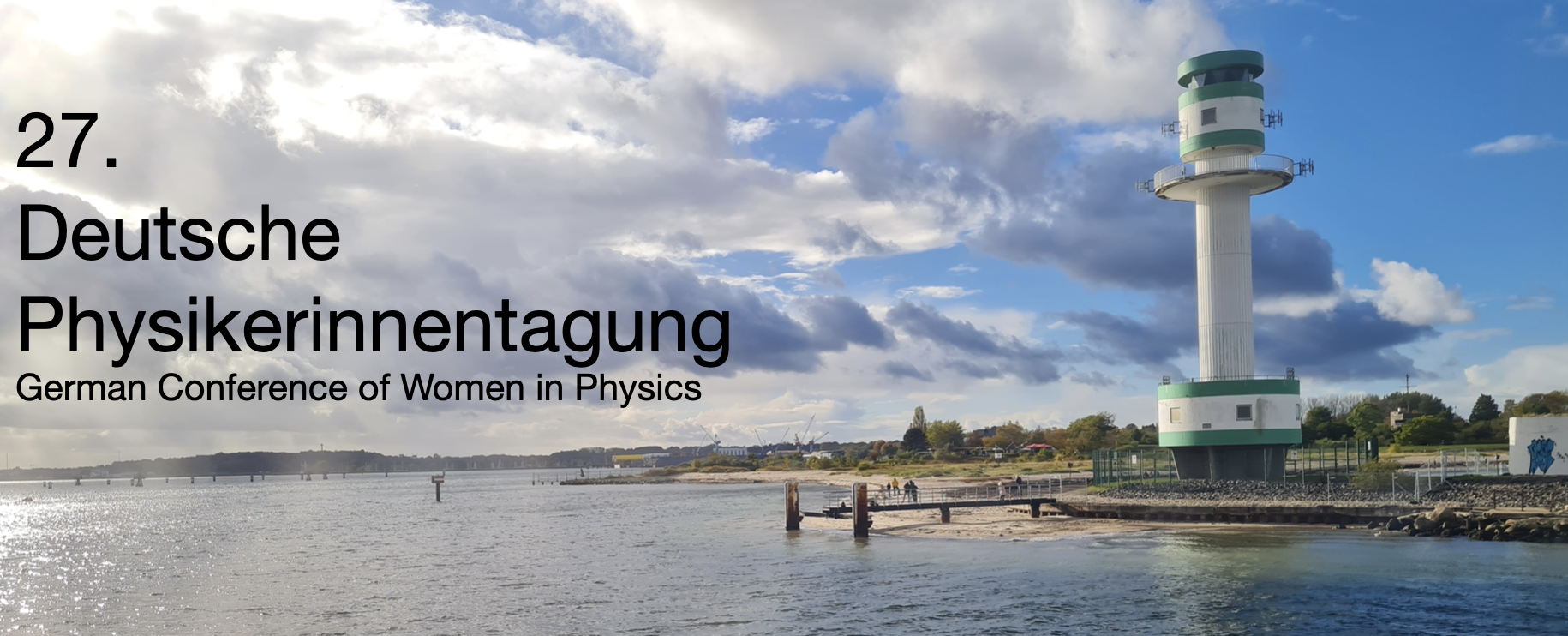Speaker
Description
This experiment is a simple and cost-effective setup designed to demonstrate the properties of nitrogen-vacancy (NV) centers in diamonds.
It allows for the detection of the fluorescence signal, the observation of fluorescence behavior under the influence of a microwave field, the investigation of how an external magnetic field affects the fluorescence, and the use of the system as a basic magnetic field sensor.
The design and assembly of the setup are based on the publication “Modular low-cost 3D printed setup for experiments with NV centers in diamond” by Jan Stegemann et al., 2023, European Journal of Physics, Volume 44, 035402.
In the experimental process, a laser with a wavelength of 532 nm is used to excite electrons from the ground state (³A) to the excited state (³E). Vibrations within the continuous vibronic sidebands lead to a loss of energy, which is subsequently emitted as photons in the form of red fluorescence. When a microwave field is applied, it induces a spin transition from the m_s = 0 to the m_s = ±1 level within the ground state. Electrons that do not participate in the radiative emission process instead have a higher probability of decaying through the non-radiative intermediate state (¹A) back to the ground state. As these electrons cannot be re-excited immediately, this results in a temporary reduction in fluorescence intensity. This reduction allows magnetic spin resonance to be detected optically through changes in the fluorescence signal.
The baseplate and cubes used in the setup are manufactured using 3D printing technology. The cubes are fixed onto the baseplate with four strong magnets which are attached to screws on the underside of each cube. Each cube is designed to contain a specific functional component. In the current version of the setup, these components include a laser with a radiant power of 1 mW and a central wavelength of 532 nm, an objective lens that focuses the laser beam onto the microdiamond sample and collects the emitted fluorescence, a dichroic mirror that reflects the laser beam toward the objective lens and transmits the NV fluorescence to the detector, and a photodetector that captures the transmitted fluorescence using a photodiode.
The most recent results obtained from this setup include the successful detection of red fluorescence when the laser is directed at the microdiamond, as well as a noticeable decrease in fluorescence intensity when the sample is subjected to a microwave field. Further work is currently in progress to integrate the remaining components and to conduct final experimental measurements.

